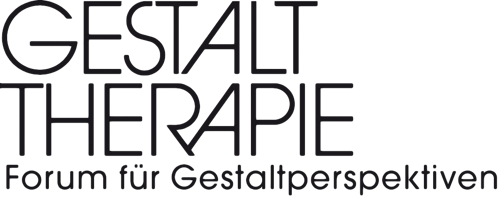Zusammenfassung
In dieser Collage von SINN-Bruchstücken begibt sich der Autor auf die Suche nach Verbindungen von »Gestalt« sowie »Feld« , und SINN. Diese beginnt bei der überraschenden Feststellung, dass es zu diesem Thema kaum explizite gestaltorientierte Literatur zu geben scheint. Er muss deshalb ganz von vorn anfangen und richtet die Frage nach dem SINN an andere, an seine Klienten und an sich selbst. Merkwürdigerweise fallen ihm dabei zwei eigene Therapien ein, die nicht gerade dem Ideal einer guten Gestalttherapie entsprechen. Und Ischa, sein ehemaliger Gestalt-Trainer, kommt ihm auch in den SINN: Immer wieder meldet der sich kritisch zu Wort. Schließlich stellt der Autor seine SINN-Fragen an Lewins Feldtheorie, die kurz zusammengefasst wird, sowie an Gestalttheorie und Gestalttherapie. Der erste Teil, der in diesem Heft erscheint, beginnt mit der Erzählung »Ischa«, lässt erste Überlegungen über »SINN und Gestalttherapie« folgen, erzählt dann »Jörgs« Geschichte und klopft schließlich Lewins »Lebensraum« bzw. »Feld« nach Bezügen zu SINN-Konzepten ab.Im zweiten Teil – in der folgenden Ausgäbe – stellt der Autor seine SINN-Fragen an Gestalttheorie und -therapie. Anhand der Schilderung der Therapie mit »Josef« überprüft er, ob SINN notwendigerweise etwas mit »Prägnanz« oder »gutem Kontakt« zu tun haben muss. Am Ende spricht er sich gegen normative SINN-Hierarchien oder -Holarchien aus und tritt für die Schaffung von Matrizes ein, welche Anleitungen„bereitstellen können zur SINN-Suche (Heuristik) und SINN-Auslegung (Hermeneutik).
Abstract
And Ischa growled … A collage about MEANING, field and gestalt including three stories (Part I). This collage of snippets of MEANING is a search for the connection between »Gestalt« as well as »field« and MEANING. At the beginning is the surprising discovery that there is hardly any gestalt oriented literature which deals with this subject. Therefore the author has to start from scratch and he poses the question of MEANING to his clients and to himself. Strangely enough he remembers two of his own therapies, which do not correspond to the ideal of good Gestalt therapy. The story about Jörg precedes the discussion of Lewin’s Lebensraum and field with the emphasis on concepts of MEANING. And he remembers Ischa, his former trainer: Through out Ischa is raising his critical voice. Finally the author poses the question of MEANING to Lewins field theory and to Gestalt therapy and Gestalt theory. The first part, which appears in this voume begins with the story about Ischa. Following on from that are first thoughts and reflections on MEANING and Gestalt therapy. The story about Jörg precedes the discussion of Lewin’s Lebensraum and field with the emphasis on concepts of MEANING. Part two, which will appear in the next volume, will deal with the question of MEANING in relation to Gestalt therapy and Gestalt theory. In the light of a therapeutic journey with one client — Josef — he wonders, if MEANING is related to Prägnanz and good contact. Finally he makes his case against normative hierarchies and holarchies of MEANING and proposes the creation of matrixes, as guidelines in the search for MEANING (heuristic) and in the interpretation of MEANING (hermeneutics).
